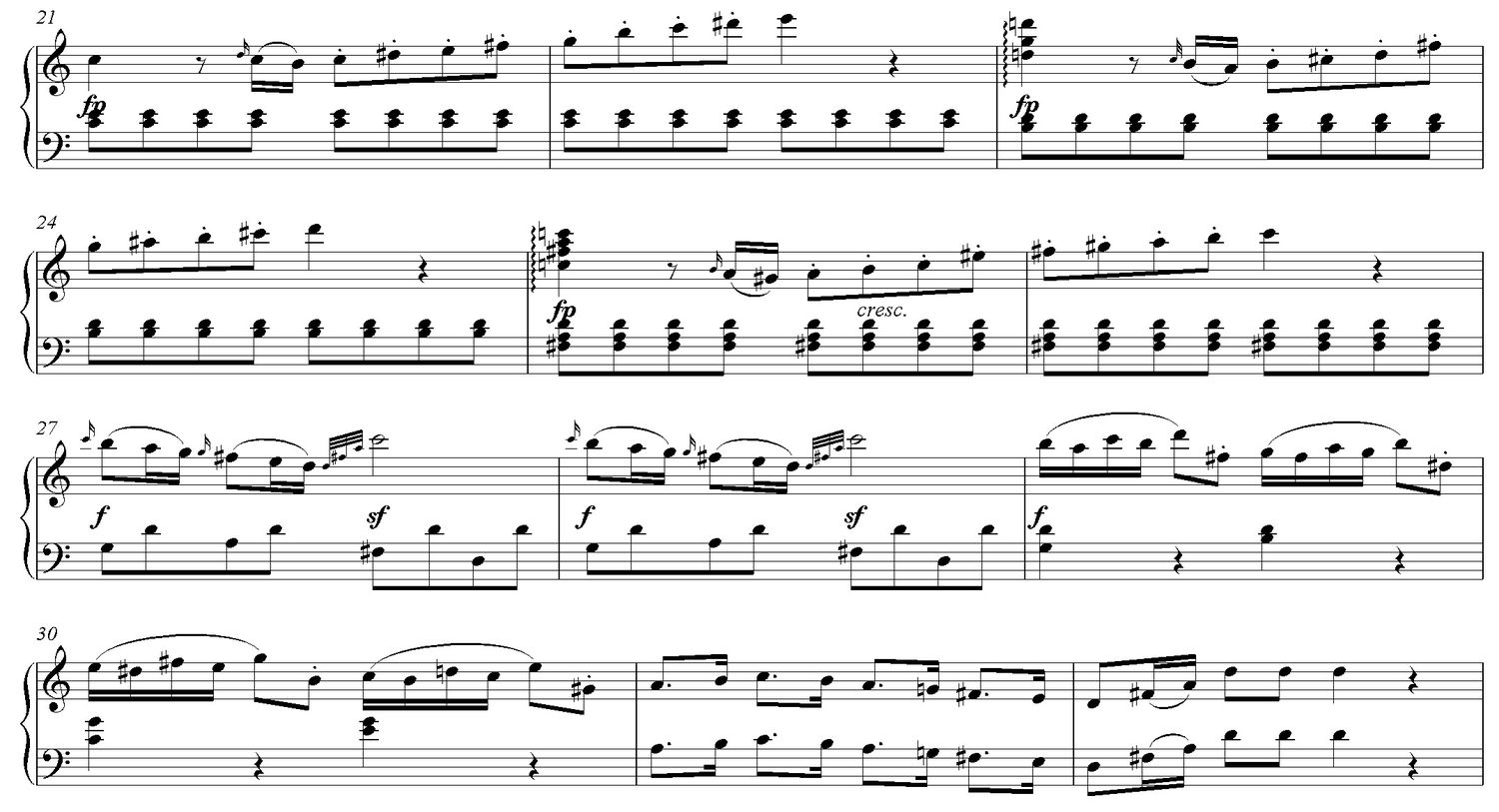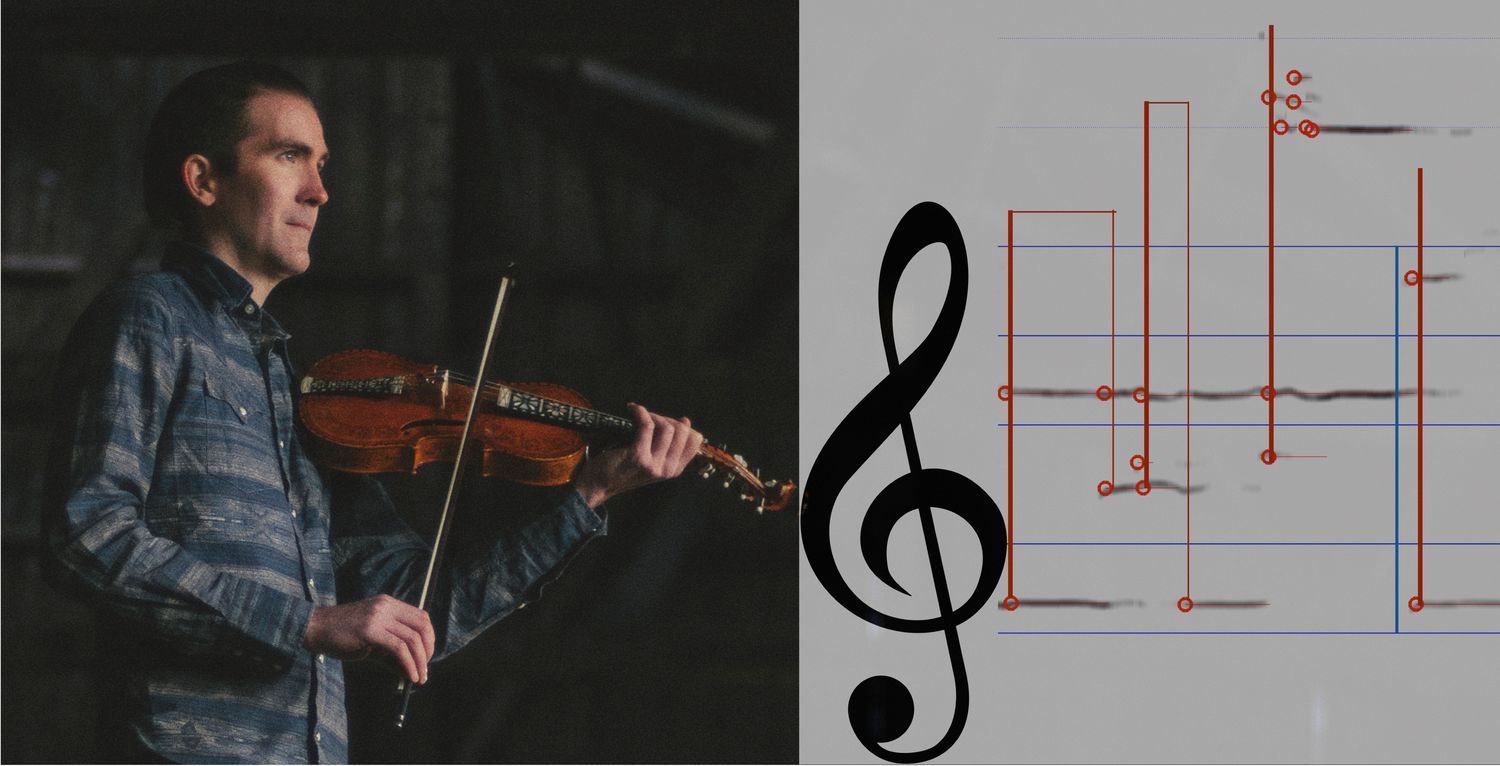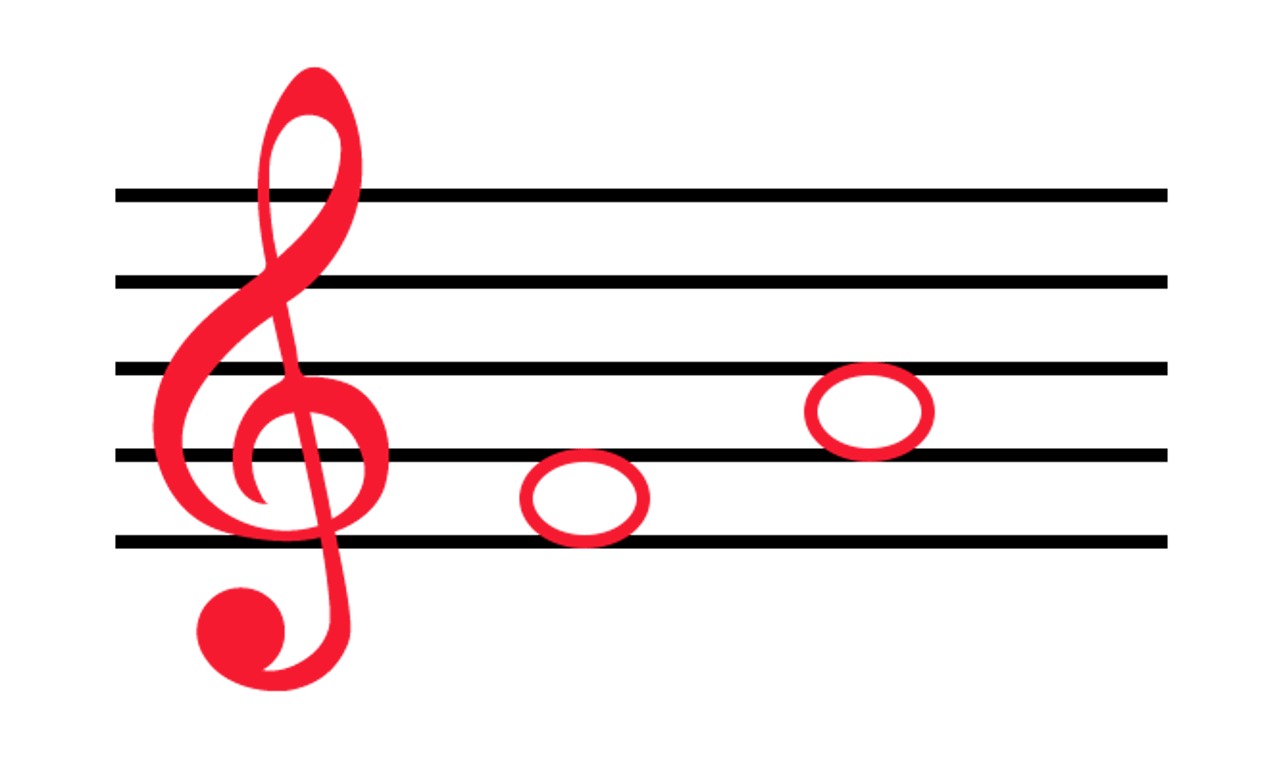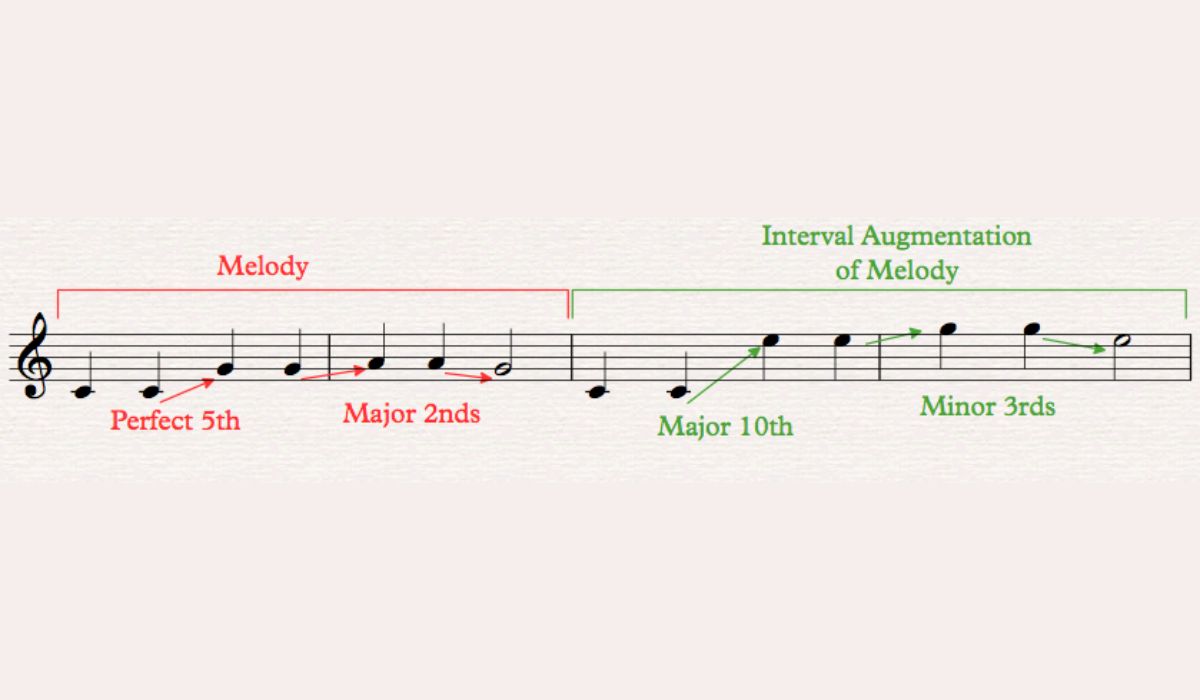Home>Production & Technology>Music Theory>How To Do Motive Inversion Music Theory
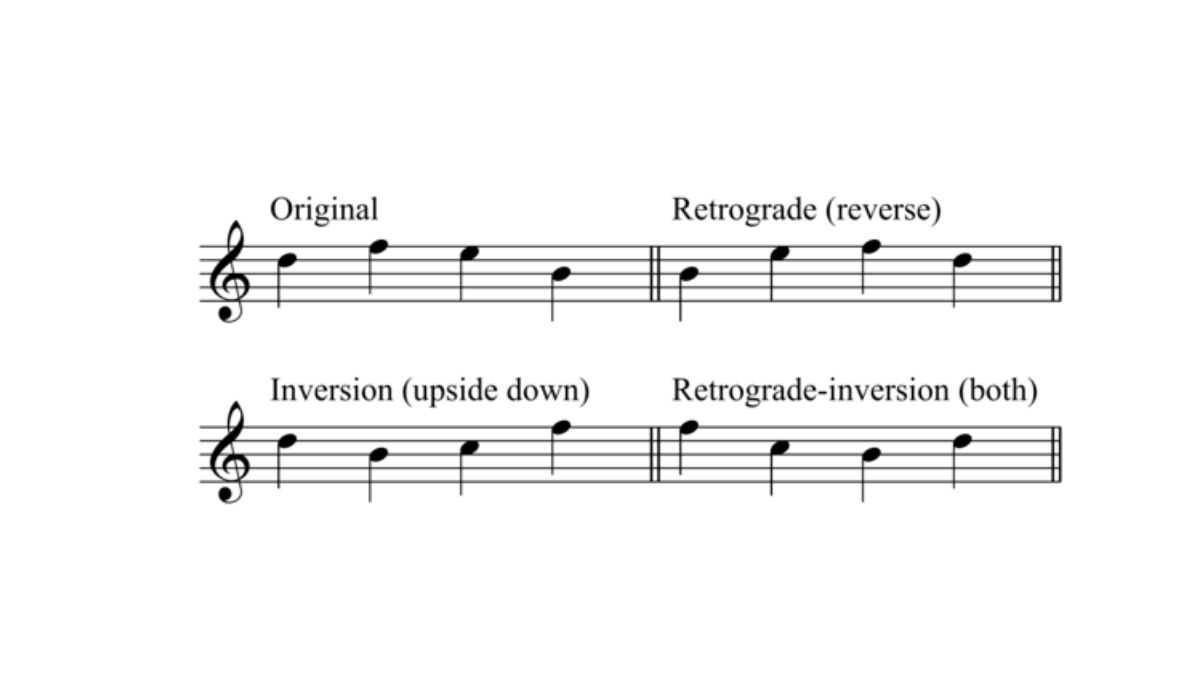

Music Theory
How To Do Motive Inversion Music Theory
Published: January 29, 2024
Learn the fundamentals of Music Theory and discover how to apply motive inversion techniques to create compelling and unique musical compositions.
(Many of the links in this article redirect to a specific reviewed product. Your purchase of these products through affiliate links helps to generate commission for AudioLover.com, at no extra cost. Learn more)
Table of Contents
Introduction
Music theory is the foundation of understanding and creating music. It provides musicians with a set of tools and concepts to analyze, compose, and appreciate various genres and styles. One fascinating aspect of music theory is motive inversion, a technique that adds depth and complexity to musical compositions.
Motive inversion involves reversing the melodic or rhythmic pattern of a musical motif. This technique can transform a simple melodic idea into something unique and intriguing. By flipping the notes or rhythms, composers can create a sense of variation while maintaining a recognizable theme.
The use of motive inversion can be traced back to classical composers such as Johann Sebastian Bach and Ludwig van Beethoven, but it continues to be relevant in modern music genres. From classical to jazz, pop to rock, motive inversion adds an element of surprise and creativity to any musical composition.
In this article, we will delve into the world of motive inversion and explore its basic principles, techniques for application, examples in famous musical pieces, as well as the benefits and challenges of using motive inversion in music composition. Whether you are a novice musician or an experienced composer, understanding motive inversion can enrich your musical skills and enhance your compositions.
What is Motive Inversion?
Motive inversion is a technique in music theory where the melodic or rhythmic pattern of a musical motif is reversed. It involves taking a sequence of notes or rhythms and flipping them upside down, resulting in a new melodic or rhythmic idea that still bears traits of the original motif. This technique adds variety and complexity to a musical composition while maintaining a sense of unity.
When a motif is inverted, the intervals between the successive notes are mirrored. For example, if the original motif goes up a third, the inverted motif will go down a third. This transformation can create a distinct musical character and evoke different emotional responses from the listener. Motive inversion can be applied to both melodic motifs, where the pitch is reversed, and rhythmic motifs, where the timing and duration of the notes are reversed.
By using motive inversion, composers can manipulate the original musical material to create variations that still relate to the initial motif. It allows them to explore different musical possibilities within a piece while maintaining a cohesive structure. Additionally, motive inversion can provide a sense of surprise and novelty for the listener, as they encounter familiar themes presented in a new and unexpected way.
It is important to note that motive inversion is not limited to a specific genre or style of music. It can be employed in classical compositions, jazz improvisations, pop songs, and even in experimental and avant-garde musical works. The versatility of motive inversion allows composers to experiment with different musical ideas and create compositions that are both innovative and engaging.
Overall, motive inversion is a powerful tool in a composer’s toolbox. It offers a unique way to develop and transform musical ideas, adding depth and complexity to compositions. By incorporating inverted motives into their work, composers can create music that engages the listener and keeps them captivated throughout the piece.
Basic Principles of Motive Inversion
To effectively utilize motive inversion in music composition, it is crucial to understand and apply certain principles. Let’s explore the basic principles of motive inversion:
1. Identifying the Motif: The first step in motive inversion is to identify the motif or musical idea that you want to invert. A motif is a short musical phrase that serves as the foundation for further development. It can be a melodic pattern, a rhythmic motif, or a combination of both.
2. Reversing the Pitch: Inverting the pitch of a motif involves taking the original notes and mirroring their intervals. For example, if the original motif starts with a C and goes up a major third to E, the inverted motif will start with the C flipped down a major third to A, creating a descending melodic line.
3. Reversing the Rhythm: Inverting the rhythm of a motif requires reversing the timing and duration of the notes. This means that if the original motif had a long note followed by two short notes, the inverted motif would have a short note followed by two long notes, creating a rhythmic variation.
4. Maintaining the Melodic or Rhythmic Relationship: While inverting the motif, it is important to preserve the relationship between the pitches or rhythms. This ensures that the inverted motif still relates to the original motif and maintains a sense of unity within the composition. The intervals and patterns may change, but the basic structure of the motif should remain recognizable.
5. Integrating the Inverted Motif: Once the motif is inverted, it is essential to integrate it into the composition seamlessly. This can be done by incorporating the inverted motif alongside the original motif or by using it as a standalone section. Experiment with the placement and repetition of the inverted motif to create a balanced and cohesive musical piece.
6. Expanding on the Inverted Motif: Motive inversion is not limited to a single occurrence. Once the initial motif is inverted, you can further develop the inverted version by applying additional variations, such as transposing it to different keys, altering the rhythm, or combining it with other motifs. This allows for a more dynamic and expressive composition.
7. Balancing Unity and Variation: Motive inversion is a powerful tool for adding variation and complexity to a musical composition. However, it is essential to strike a balance between maintaining unity and introducing new ideas. The inverted motifs should enhance the overall coherence of the piece while providing interesting contrasts to keep the listener engaged.
By following these basic principles, you can effectively apply motive inversion in your music composition. Experiment with different motifs, explore various pitch and rhythm variations, and let your creativity guide you in creating unique and captivating musical pieces.
Techniques for Applying Motive Inversion in Music Composition
There are several techniques that composers can employ to effectively apply motive inversion in their music composition. These techniques provide creative ways to integrate inverted motifs and enhance the overall structure and expression of a piece. Here are a few techniques for applying motive inversion:
1. Sequential Inversion: Sequential inversion involves systematically applying the technique of motive inversion to a series of motifs or phrases. Start with a motif and invert it. Then, take the inverted motif and invert it again. This creates a chain of inverted motifs that provide a sense of development and progression within the composition.
2. Inverted Counterpoint: Counterpoint is the art of combining multiple melodic lines simultaneously. Inverted counterpoint incorporates motive inversion into the melodic lines to create harmonic and contrapuntal interest. By inverting a motif and weaving it with the original motif, composers can achieve intricate and richly textured compositions.
3. Fragmented Inversion: Fragmented inversion involves taking small sections or fragments of a motif and inverting them individually. This technique allows composers to explore different parts of the motif and create unique variations within the composition. Fragmented inversion can be particularly effective in creating contrasting sections or building tension and release.
4. Inverted Sequence: An inverted sequence involves creating a series of inverted motifs or phrases that descend or ascend in pitch, rhythm, or both. This technique adds a sense of direction and movement to the composition. By manipulating the intervals and rhythms of the inverted motifs, composers can create a dynamic and engaging musical journey.
5. Inverted Variation: Inverted variation involves taking a well-established motif and inverting it to create a contrasting variation. This technique provides a fresh perspective on a familiar theme and adds depth to the composition. Composers can experiment with different variations of inverted motifs to create diverse and nuanced musical ideas.
6. Mix of Inversion Techniques: Composers can combine various inversion techniques to create complex and layered compositions. By incorporating sequential inversion, fragmented inversion, inverted counterpoint, and other techniques, composers can develop intricate musical structures that blend traditional and contemporary elements.
These techniques serve as starting points for composers to explore the possibilities of motive inversion in their compositions. Experimentation and creativity are key to finding the right balance and achieving the desired impact. By incorporating motive inversion techniques, composers can elevate their compositions and evoke unique emotions and responses from their listeners.
Examples of Motive Inversion in Famous Musical Pieces
Motive inversion has been utilized by numerous composers throughout history, resulting in captivating and iconic musical works. Let’s explore some examples of motive inversion in famous musical pieces:
1. Bach’s “The Art of Fugue”: Johann Sebastian Bach’s masterpiece “The Art of Fugue” is a prime example of motive inversion. In this composition, Bach employs various inversion techniques to create intricate and interweaving contrapuntal lines. Motifs are inverted, fragmented, and combined in a meticulous and ingenious way, showcasing Bach’s mastery of motive inversion.
2. Beethoven’s Symphony No. 5: Ludwig van Beethoven’s Symphony No. 5 is known for its evocative four-note motif (short-short-short-long) that is developed and transformed throughout the entire symphony. Beethoven employs motive inversion in various sections, creating inverted variations of the iconic motif. This adds a sense of contrast and thematic development to the symphony.
3. Mozart’s Symphony No. 40: In Mozart’s Symphony No. 40 in G minor, the main melodic motif is inverted to create a contrasting theme in the development section. The inverted motif introduces a sense of tension and unpredictability, adding depth and excitement to the overall composition.
4. Stravinsky’s “The Rite of Spring”: Igor Stravinsky’s revolutionary ballet music, “The Rite of Spring,” features extensive use of motive inversion. Stravinsky applies inverted motifs to create rhythmic complexities and harmonic tensions, contributing to the composition’s unique and groundbreaking sound.
5. Gershwin’s “Rhapsody in Blue”: George Gershwin’s iconic “Rhapsody in Blue” showcases motive inversion in the piano solo sections. The inverted motifs add a playful and unpredictable element to the jazz-inspired composition, contributing to its distinctive and memorable character.
6. Debussy’s “Prelude to the Afternoon of a Faun”: Claude Debussy’s “Prelude to the Afternoon of a Faun” incorporates motive inversion to create a dreamlike and ethereal atmosphere. Inverted motifs are combined with delicate harmonic textures to evoke a sense of otherworldly beauty in this impressionistic masterpiece.
These examples demonstrate the versatility and creative potential of motive inversion in music composition. From contrapuntal masterpieces to symphonies, ballets, and jazz-infused works, composers have successfully employed motive inversion to enhance their musical expressions and engage their listeners.
Benefits and Challenges of Using Motive Inversion
Using motive inversion in music composition offers several benefits, enriching the musical experience for both composers and listeners. However, it also comes with its challenges. Let’s explore the benefits and challenges of using motive inversion:
Benefits:
1. Variability and Complexity: Motive inversion allows composers to generate new melodic and rhythmic variations from existing motifs, adding depth and complexity to their compositions. It provides a means to expand and evolve musical ideas, making the piece more engaging and captivating for listeners.
2. Unity and Cohesion: While creating variations, motive inversion helps maintain a sense of unity within a composition. By incorporating inverted motifs that still bear resemblance to the original theme, composers can create a cohesive musical structure that ties the different sections together.
3. Musical Development and Contrast: Motive inversion can serve as a tool for musical development and contrast. By inverting motifs, composers introduce new perspectives and tonalities, which can heighten emotional impact and add dramatic contrast to the composition.
4. Creative Exploration: Motive inversion encourages composers to experiment with their musical ideas and push the boundaries of their compositions. It opens up possibilities for exploring different variations, harmonies, and textures, fostering creative growth and innovation.
Challenges:
1. Maintaining Coherence: While the use of motive inversion can add complexity, it also poses a challenge in maintaining coherence within a composition. Composers must strike a balance between variation and unity, ensuring that the inverted motifs still connect with the overall musical narrative.
2. Integration and Transitions: Integrating inverted motifs seamlessly into a composition can be a challenge. Composers need to consider how to transition between the original motif and its inverted versions, ensuring a smooth and natural flow between the different sections.
3. Musical Taste and Context: The effective use of motive inversion greatly depends on the composer’s musical taste, style, and the context of the composition. What works well in one genre or style may not be as effective in another. Composers need to make informed decisions about where and how to employ motive inversion to best suit their artistic vision.
4. Avoiding Repetition: Motive inversion can be a powerful tool, but it’s important to avoid excessive repetition. Varying the application of motive inversion and combining it with other compositional techniques can prevent the piece from becoming predictable or monotonous.
Despite these challenges, the benefits of using motive inversion in music composition outweigh the obstacles. With careful consideration and artistic intuition, composers can harness the potential of motive inversion to create compelling, intricate, and dynamic musical pieces.
Conclusion
Motive inversion is a powerful technique in music theory that adds depth, variation, and complexity to compositions. By reversing the melodic or rhythmic pattern of a motif, composers can create unique and engaging musical ideas. Throughout history, motive inversion has been employed by renowned composers in a wide range of genres, leaving a lasting impact on the world of music.
Understanding the basic principles of motive inversion allows composers to explore innovative ways to develop their musical ideas. Whether through sequential inversion, inverted counterpoint, fragmented inversion, or a mix of techniques, motive inversion offers endless possibilities for creative expression.
By introducing motive inversion into their compositions, composers can achieve a balance between unity and variation, maintaining coherence while adding depth and complexity. Inverted motifs create a sense of surprise and evoke contrasting emotions, captivating the listener and keeping them engaged throughout the piece.
However, using motive inversion does come with its challenges. Composers must navigate the fine line of maintaining coherence, integrating inverted motifs seamlessly, and avoiding excessive repetition. By carefully considering these challenges and making informed artistic decisions, composers can harness the full potential of motive inversion.
In conclusion, motive inversion is a valuable tool that allows composers to extend the creative boundaries of music composition. It opens up possibilities for musical development, adds richness and intricacy to compositions, and enhances the overall listening experience. By incorporating motive inversion into their musical repertoire, composers can continue to captivate and inspire audiences for generations to come.


